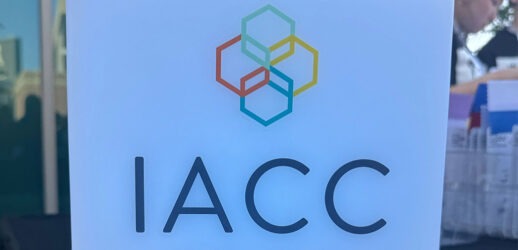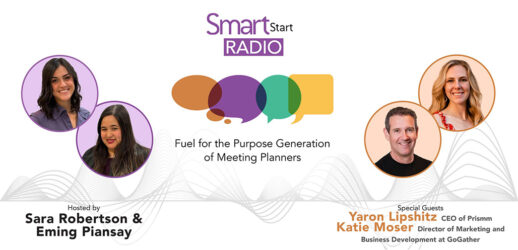New tools make sustainability more of a snap
You’ve heard it before, and not just as a lament from a certain celebrity frog: It isn’t easy being green. Well, since Kermit’s heyday, it’s definitely gotten easier—and a more essential part of your planning. But still, it’s a lot. And it’s on top of everything else you must plan and track.
So, it’s always good news when your sustainability journey becomes a little easier. Here is a trio of newish hacks.
Counting Trees
London-based environmental group Trees4Travel, an exhibitor at the most recent IMEX America, has something you need: a free app for calculating your event’s carbon footprint from travel and an easy, inexpensive way you can lessen it. Based on your input, Trees4Travel tells you how many trees it will plant and where.
But it does more than that. “Reforestation will help reverse climate change, but trees can be fragile and take time to grow,” the organization notes, “so to ensure we remove or compensate your travel carbon emissions as soon as possible, we always connect each tree to United Nations Certified Emissions Reduction (CER) renewable energy carbon credits, essentially doubling our promise.”
Groups can track their trees and keep informed about their positive community impact.
To illustrate, say you have a group of 150 traveling by air economy-class from Chicago to Las Vegas for a three-day meeting at a hotel. The Trees4Travel calculator says this travel will expend 31,333.1 lbs. of CO2, which can be offset by planting 87 trees in Nepal, where less than 30% of the country’s forests remain, and many communities and wildlife depend on the natural environment.
The cost? Only $261, at $3 a tree—less than the cost of a cup of coffee per tree. You can even stretch out payments over several months.
The Trees4Travel mantra: “We make travel and events planet and people positive.”
Certified Sustainability
Waste is big when it comes to sustainability success. Recently, 1 Hotels, the luxury lifestyle brand with a focus on eco-conscious design and operations, partnered with Foodprint, a third-party certifier of sustainability practices, especially waste diversion and avoidance. It now offers Certified Sustainable Gatherings, with a planning process designed to source sustainable materials, minimize single-use plastic waste, lower carbon emissions and divert at least 90% of all waste generated throughout the event lifecycle.
Read More: Your Complete Guide to Sustainability
Certified Sustainable Gatherings are focused on several categories.
1. Reduce Waste with Haste: Hone in on waste infrastructure and processing (recycling and composting).
2. Sip & Savor, Sustainably: Get creative with locally sourced, low-waste menus.
3. Value-Based Vendors: Choose from 1 Hotels’ vetted local vendors list or bring your own.
4. Curate Your Do-Good Decor: Bring your vision to life while considering the entire lifecycle of each element.
5. Select Serviceware That Serves the Planet: Eliminate single-use plastic serviceware.
6. Communicate Consciously: 1 Hotels helps communicate the low-waste mission to your guests and vendors, amplifying its positive impact.
7. Leave With Memory and Measurements: Leave with certified results that highlight waste diversion efforts.
Green AI
Nowadays, can any solution, green or otherwise, fail to encompass the power of AI? It seems not. Though the landscape is still developing, it is easy to foresee key areas where AI will be able to ease the way to sustainable events.
Take energy conservation, for example. Look for convention centers and big box hotels with major conference space to invest in AI-powered systems to optimize energy use by continuously analyzing and adjusting heating, air conditioning, lighting and ventilation based on occupancy levels and weather conditions. Just as key, you will be able to get data on these energy savings to use for sustainability reporting.
Read More: Why AI Might Mean Salvation for the Meeting Industry
Another fertile area for an AI assist is in transportation and logistics. As in, optimized traffic flow and routes to the event to reduce congestion and carbon emissions by both attendees and suppliers. Look also for better AI-leveraged supply chain management to reduce delivery delays and load-in/load-out backups.
Need help in deciding which suppliers are the best eco-stewards? AI can breeze through vendor data to evaluate their environmental and social impact. During events, AI can translate attendee data into better allocation of food and beverage to reduce waste and better allocate staff.
Finally, AI-driven data analysis can pinpoint areas for future improvement and better sustainability plans.
This article appears in the March 2024 issue as “Easier Green.” You can subscribe to the magazine here.




